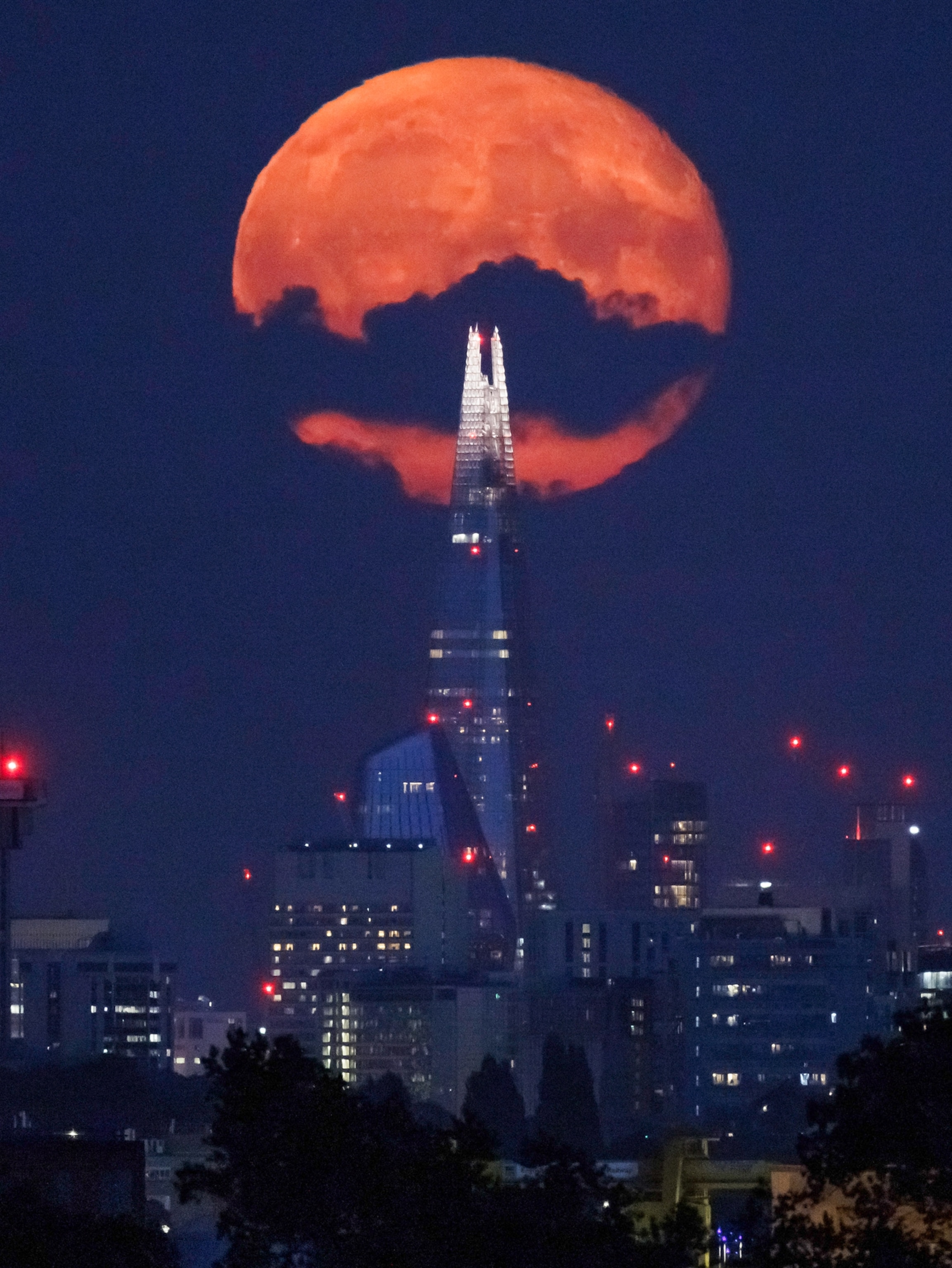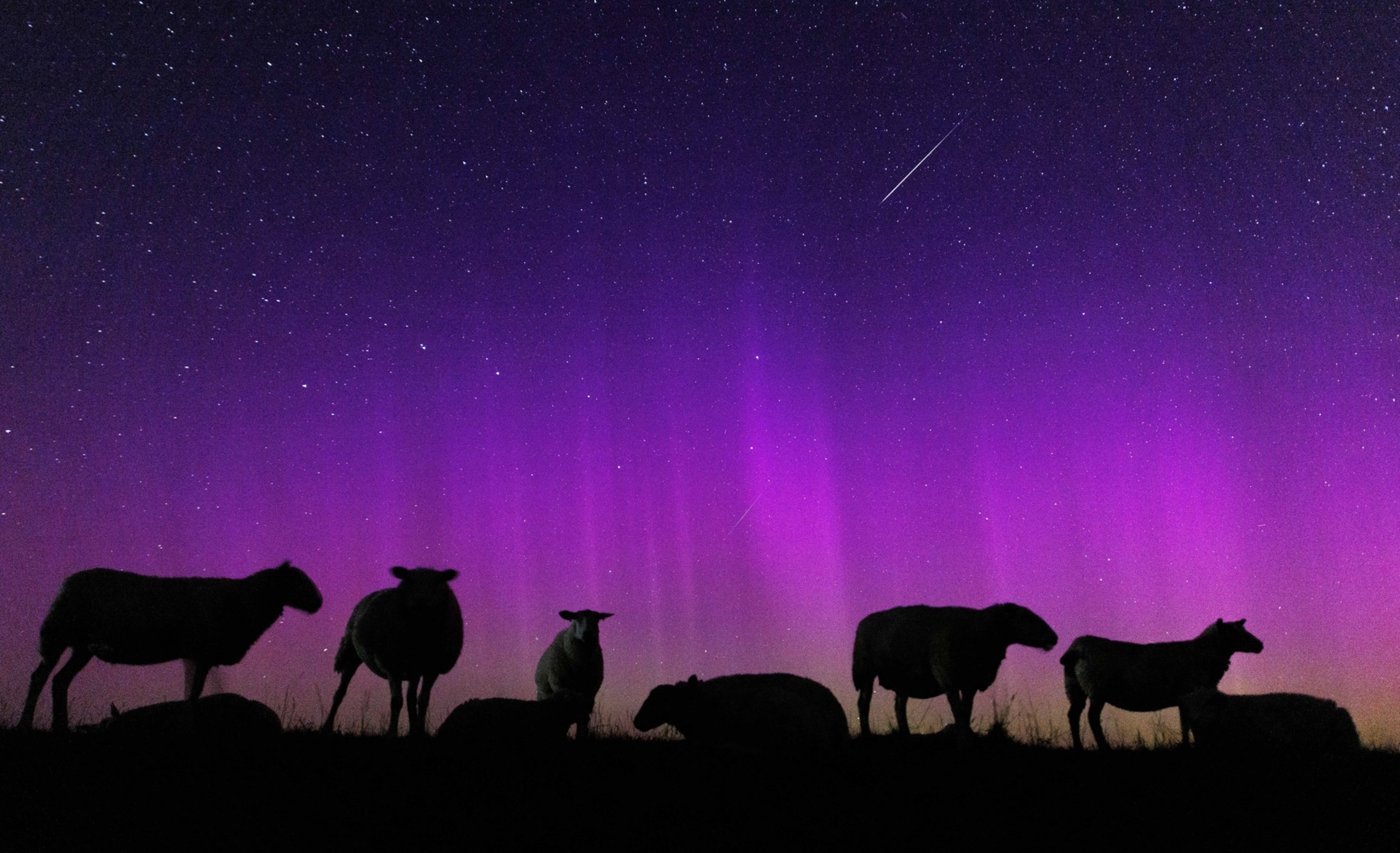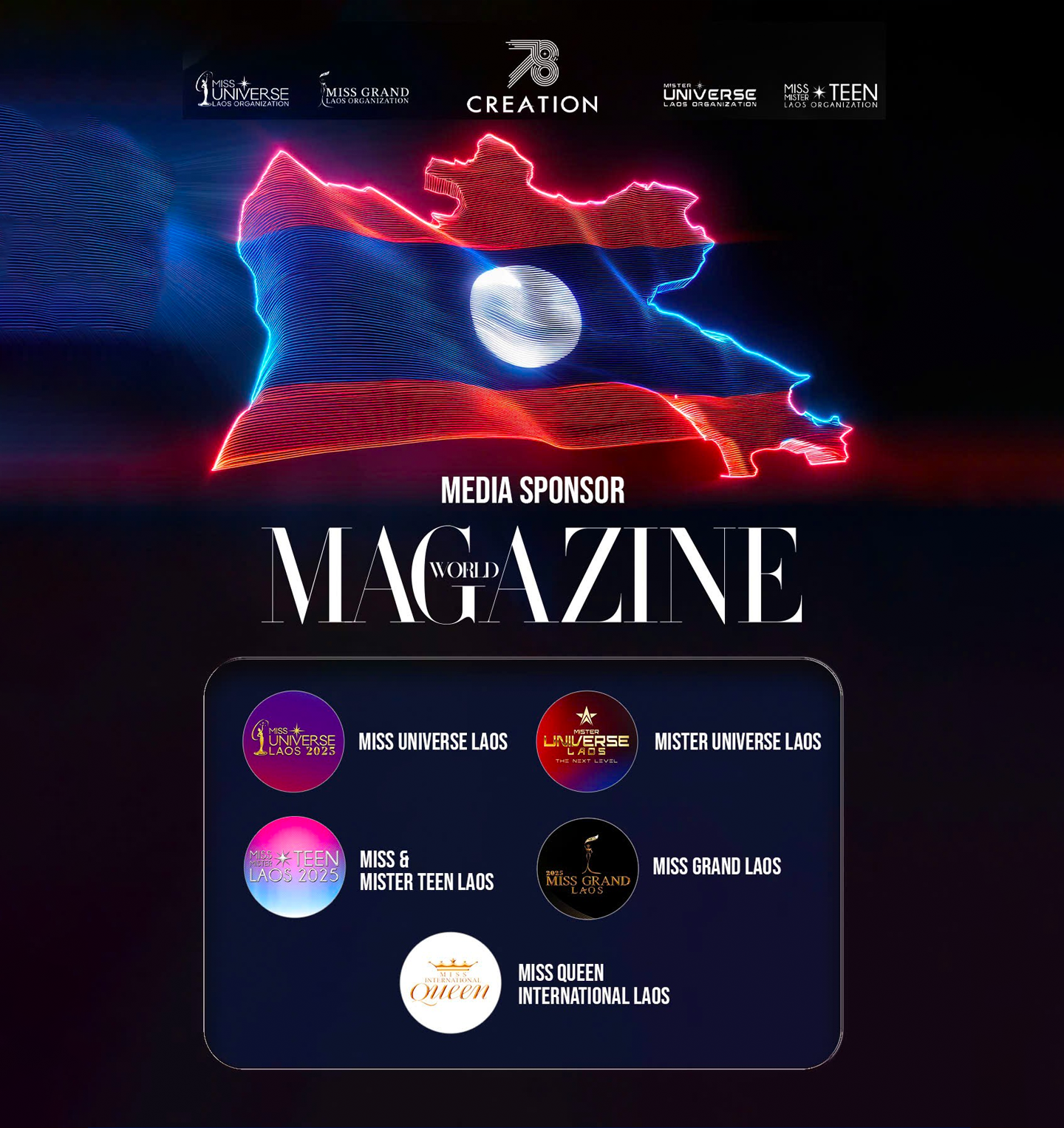August unfurls as a celestial canvas, offering some of the year’s most captivating sky-gazing opportunities in the Northern Hemisphere. Beyond the well-loved Perseid meteor shower, this month promises a rare six-planet alignment, a luminous “sturgeon moon,” and even the chance to spot distant galaxies with the unaided eye under dark skies. While bright moonlight might dim some meteor views, warm nights provide ideal conditions for observing our solar system’s giants and hidden wonders. Prepare to look up and be mesmerized as the heavens put on a spectacular show, inviting both seasoned astronomers and casual stargazers to unlock the secrets above.
The Luminous “Sturgeon Moon” and a Bright Asteroid
August kicks off with a brilliant full moon, captivating skywatchers with its radiant glow. The month’s full “sturgeon moon” graces the night sky on August 9. This evocative nickname, popularized by the Farmer’s Almanac, originates from the giant sturgeon fish traditionally abundant and caught by Indigenous peoples of the Great Lakes region during late summer. While the exact timing varies by location, the moon generally rises around sunset, illuminating the night with its brightness before setting after sunrise. This extended visibility offers ample time for observers to appreciate the intricate, textured surface of the moon in remarkable detail, especially with the aid of binoculars or a telescope.

Following closely on August 10, one of our solar system’s largest asteroids, 2 Pallas, reaches its peak brightness. This occurs when Pallas achieves opposition, meaning it is positioned directly opposite the sun in Earth’s sky, making it visible throughout the entire night as it rises at sunset and sets at sunrise. Discovered in 1802, Pallas holds the distinction of being the third-largest known asteroid by mass in our solar system, with an average diameter of approximately 318 miles. It belongs to an exclusive group known as the “big four” asteroids, which also includes the dwarf planet Ceres. Although Pallas will not be discernible to the naked eye, experienced stargazers equipped with a telescope or high-powered binoculars might be able to pinpoint it within the constellation Delphinus.
A Rare Planetary Parade and Meteor Shower Peak

Mid-August promises a truly stunning celestial alignment, a visual treat for early risers. Around the morning of August 10, skywatchers will have the rare opportunity to witness a spectacular planetary parade: Mercury, Venus, Jupiter, Saturn, Uranus, and Neptune will all appear simultaneously in the predawn sky. Mars, the sole outlier among the prominent planets, will only be visible earlier in the evening hours. While such “planetary parades” are not exceedingly rare, according to NASA, they are commonly limited to four or five planets, making this six-planet display a particularly special event to catch. It’s worth noting that Mercury might prove challenging to spot due to its close proximity to the sun, and a telescope will be essential for observing the more distant Uranus and Neptune.

Adding to August’s celestial allure is the annual Perseid meteor shower, widely regarded as one of the most reliable and beloved annual displays of “shooting stars.” This year, the Perseids are expected to peak overnight on August 12 into the morning of August 13. Under ideal, dark-sky conditions, this prolific meteor shower can produce an impressive rate of up to 100 meteors per hour. However, skygazers should be aware that a waning gibbous moon, at 84 percent brightness, will significantly dampen the show this year. According to the American Meteor Society, this bright moonlight could potentially wash out more than three-quarters of the visible meteors, making darker observation sites even more crucial for a successful viewing experience.
Mercury’s Elongation and a Lunar Conjunction
As August progresses, opportunities to spot the solar system’s elusive innermost planet arise, alongside beautiful lunar pairings. On the morning of August 19, Mercury reaches its greatest western elongation. This is when the planet achieves its farthest apparent distance from the sun in the sky, making it one of the best times of the year to spot this notoriously difficult-to-observe world. For those willing to rise early, the effort will be well rewarded, as Venus and Jupiter will also be prominently visible around the same time, adding to the morning’s celestial spectacle.

Just two days later, in the early hours of August 21, the crescent moon will form a beautiful tableau with Mercury, Venus, and Jupiter. This close approach of these celestial bodies will create an eye-catching grouping in the predawn sky, enhanced by the presence of the bright stars Castor, Pollux, and Procyon. This stunning convergence will be most visible during the hour before sunrise, positioned low in the eastern sky, offering a serene and picturesque start to the day for keen skywatchers.
Optimal Stargazing and Martian Rendezvous

Late August offers some of the year’s most pristine conditions for deep-sky observation, culminating in a striking lunar-planetary conjunction. The arrival of the new moon on August 23 ushers in prime stargazing conditions. The absence of bright moonlight creates a naturally dark canvas, allowing for optimal viewing of distant galaxies, wispy nebulae, and even the last lingering meteors from the Perseid shower. This period presents an excellent opportunity to scan the glorious Milky Way with binoculars or a telescope, provided you have access to skies free from significant light pollution.
Furthermore, late August marks the beginning of the peak season for spotting the Andromeda galaxy, our closest galactic neighbor, in the Northern Hemisphere. With no interference from the moon’s light, this magnificent spiral galaxy can even be seen with the naked eye under truly dark conditions, appearing as a faint, fuzzy patch. Finally, just after sunset on August 26, skygazers should look low in the western sky to spot the slender crescent moon cozying up to Mars, separated by only about 2.5 degrees. Depending on your precise location, this planetary-lunar pair may be visible only briefly around sunset, very low on the horizon. Although Mars is currently dimmer than its usual brilliance due to its orbital position, its characteristic reddish hue should still be clearly discernible to the unaided eye, offering a charming conclusion to August’s celestial events.




